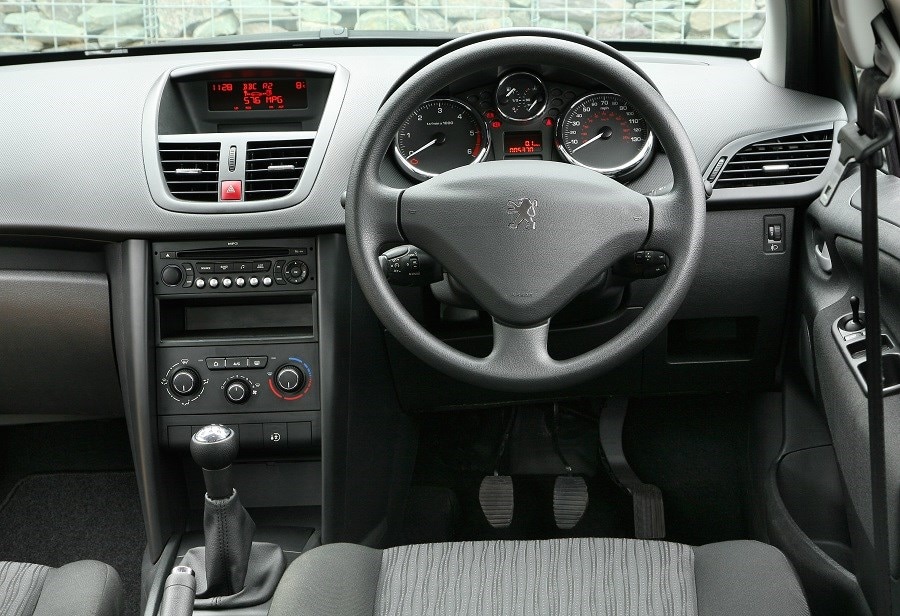Latest model
Peugeot announced a facelifted version of the 207 in 2009, which features a redesigned new look, a broader choice of colours and further chrome detailing.
The updated model also benefitted from a more powerful GTI version, with the power increased to 172bhp. Elsewhere in the range, the diesel engines got even cleaner, with the introduction of a new Economique diesel variant. This offered low CO2 emissions of 99g/km, which helped to qualify the car for free road tax.
Towards the end of the 207’s lifetime, a new Millesim trim level was also introduced as the final hurrah for the 207, alongside a garish limited edition S16 model to celebrate the French manufacturer’s success in rallying.
In 2012, Peugeot replaced the 207 with a new-generation 208 model — such was the firm’s naming policy at the time.
Value for money
When new in 2006, you could pick up a 207 for under £9,000, which goes to show how much prices have inflated since then given a brand-new Peugeot 208 (the replacement for the 207) costs from £14,500.
Standard equipment is reasonable, with entry-level models coming with a CD player, power steering, steel wheels and electric windows, but not a lot more. Sport models seem the best examples, with these versions coming with alloy wheels and air-conditioning.
The French supermini hasn’t held its value particularly well, which means that used prices prices start low. High mileage, but tidy, examples can be bought for under £1,000, although around £1,300 will buy something more presentable. We saw a 2006-registered model with 60,000 miles on the clock, in ‘S’ trim and with good service history for £1,295. Facelifted examples are good value as well, with around £2,000 buying a 2010 car in mid-spec Verve trim that’s covered around 70,000 miles.
The stylish convertible models tend to hold their value a bit better, although they are still one of the cheapest ways into roof-down motoring, and are fantastic in the summer months. Expect to pay just under £2,000 for a well-presented and low-mileage example of the 207 CC. Estate ‘SW’ variants also cost similar to the convertible.
Looks and image
Compared to the somewhat drab, if likeable, 206, the 207 was actually quite a smart-looking model — offering more attractive looks than the Ford Fiesta at the time, for example. The 207 was noticeably bigger than the previous car, although it was proportioned well. The large front grille won’t appeal to all, but it gives the 207 a distinctive look out on the road. A range of bold colour options also help to add to the French supermini’s style, while the optional panoramic roof was a welcome touch on superminis at the time, and came as standard on special edition Cielo variants.
The interior is everything you should expect from a supermini at the time — plenty of cheap plastics, a dark-looking cabin and little in the way of luxury. On the plus side, it comes with a high central display for the radio at the top of the dash on more expensive trim, while the overall layout is good, with a decluttered layout and easy to use dials. The seats are also very comfortable, and the 207 is surprisingly refined for a cheap supermini.
While not offering the fun nature of models such as the Ford Fiesta, the 207 is a simple and easy car to drive, which makes it great for urban duties. The steering is light at low speeds, but gains weight at higher speeds making it easy to place and quite enjoyable on twisty roads. The gearbox, however, is a disappointment and is exceptionally vague, meaning smooth changes are near-impossible. As mentioned earlier, the 207 majors on comfort and offers a relaxing and fuss-free driving experience, which will be appealing to certain buyers.


